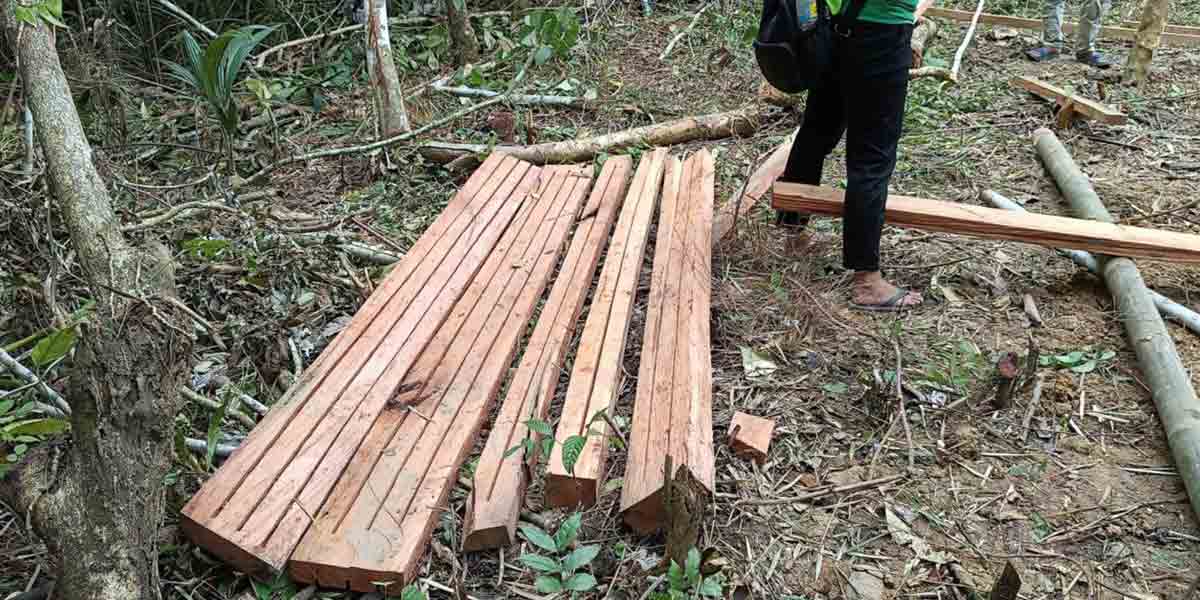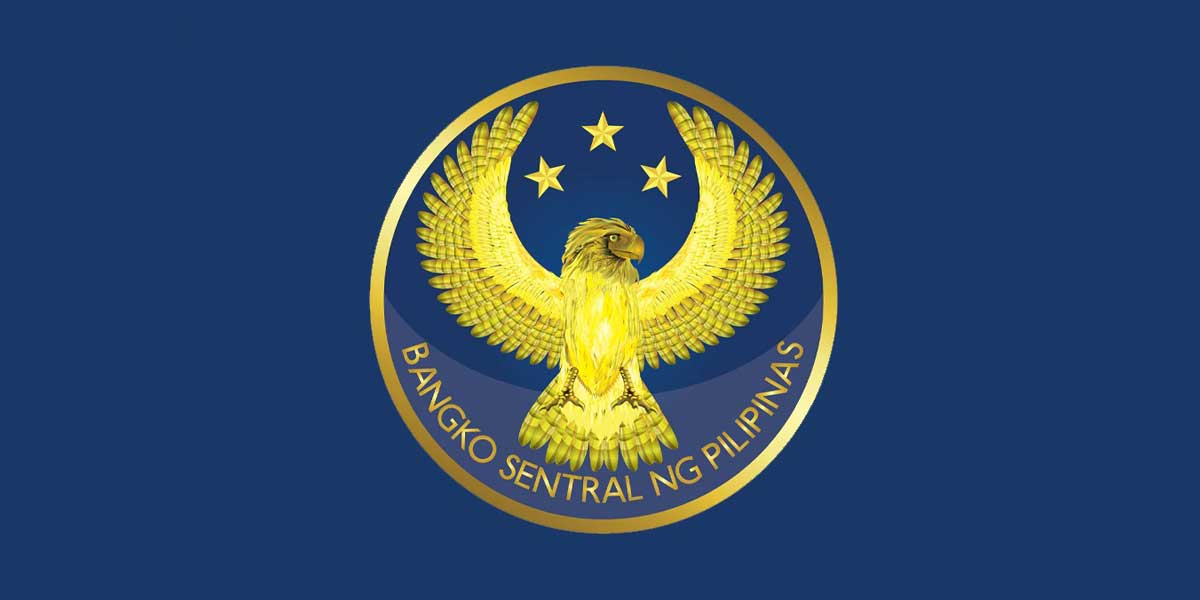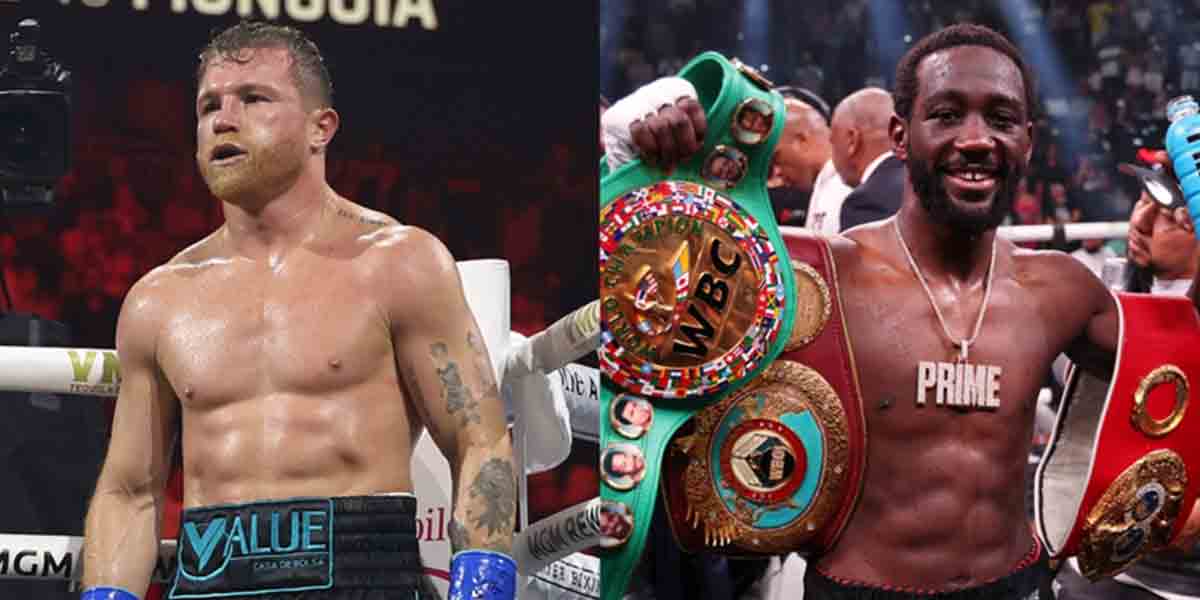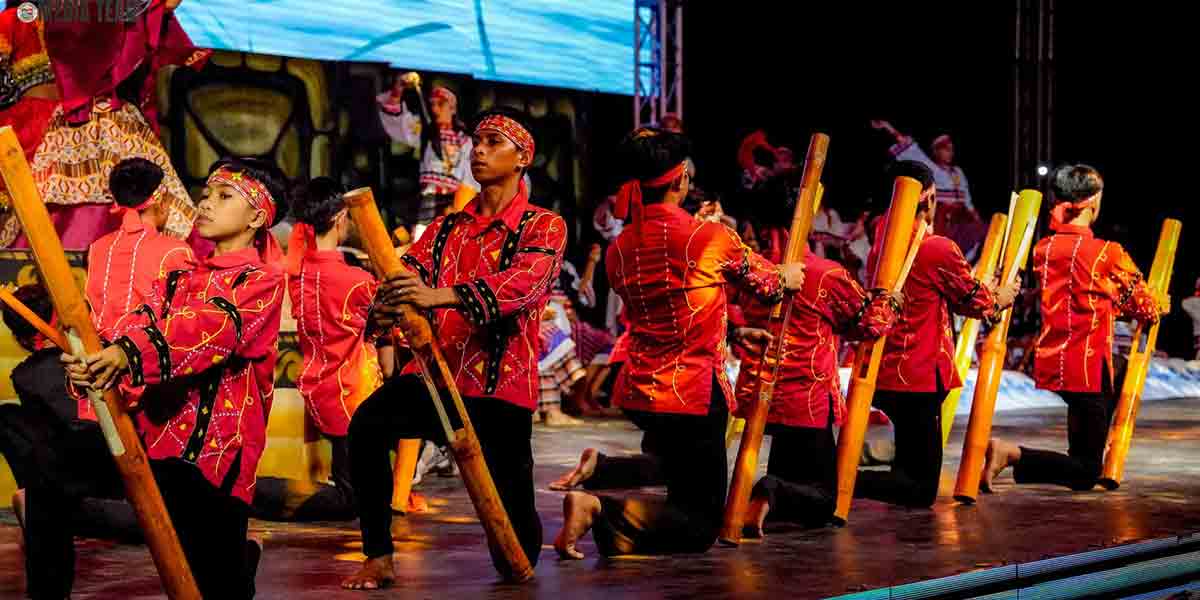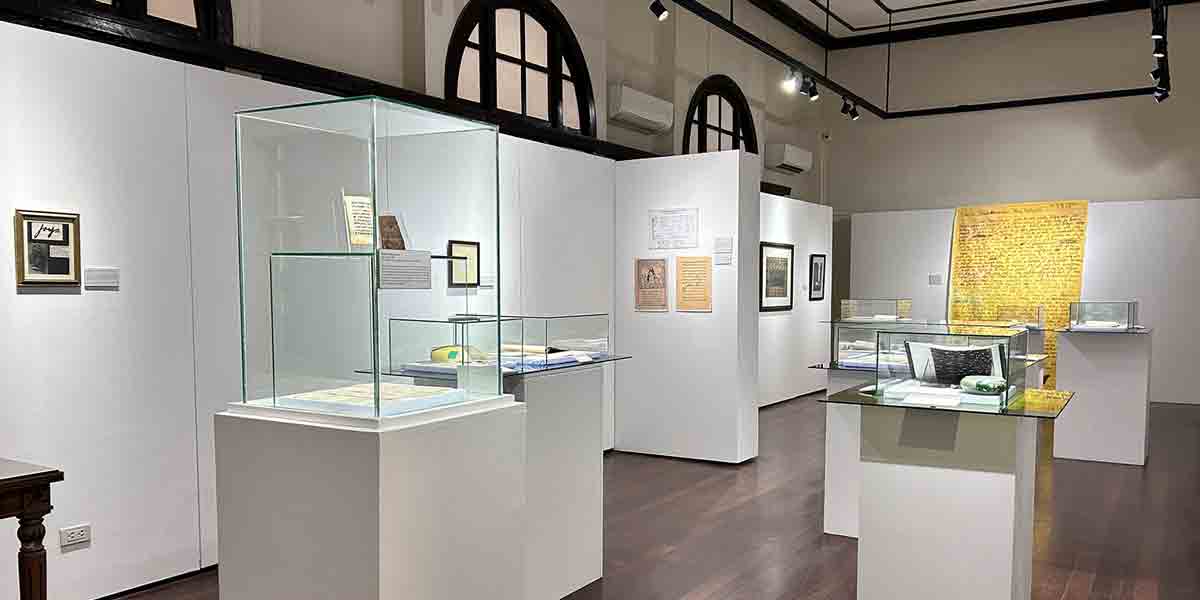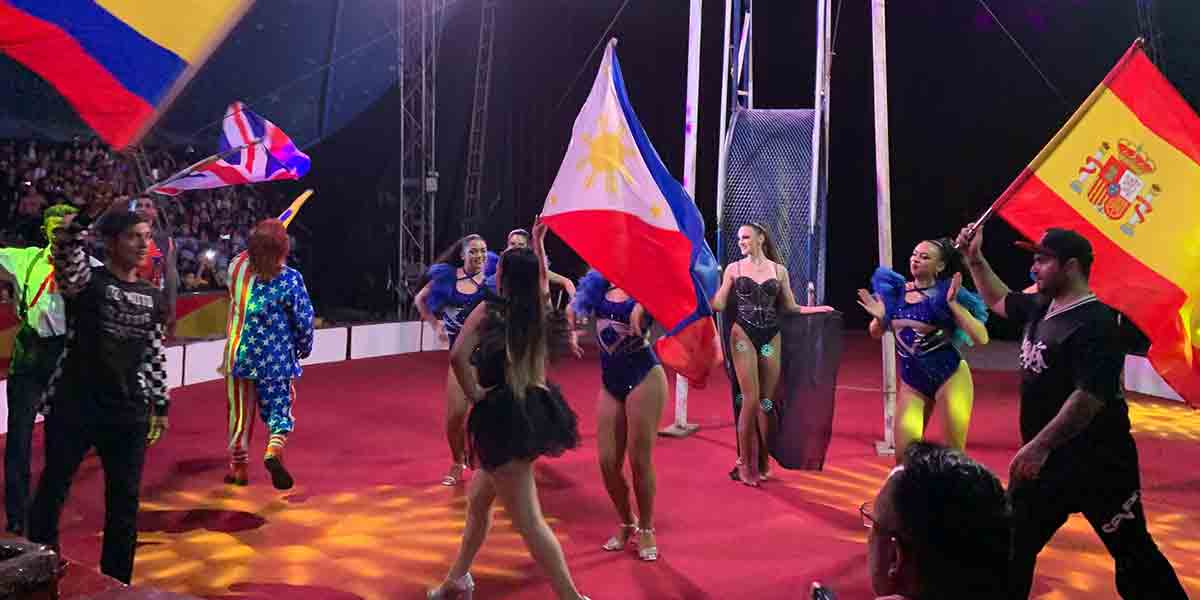By Herman M. Lagon
Metaphors came as quickly to me as breathing when I was a kid in Iloilo. My parents’ stories taught me that “the moon was a shy maiden” concealed by “the night’s curtain” and that “the sun was a fiery warrior” who, at dawn, conquered the sky. As much more than a simple evening routine, these tales introduced me to a realm where language could conjure images and emotions that might be as real as the mangoes hanging from our backyard tree.
My mentors and classmates transformed these stories into teaching tools. Metaphors flourished like “sampaguitas” in the morning light in the English and Filipino classrooms, transforming into gardens. Everyone in this city, from students racing to class to vendors in the Central or Super, knew that “time was money.” This was a very relevant lesson to take away from our stay here. By looking at how “the classroom turned into a zoo during recess” or how a well-crafted theme-writing story may be “a winning lottery ticket,” opening doors to new worlds, our teachers encouraged us to view the world through metaphor-tinted glasses.
It was about more than decoration; this language landscape helped us make sense of our environment. In high school, when everything seemed to be up in the air, metaphors were like compass points and anchors. “Life is a race,” we were told at a young age, yet while we raced, we also understood that “we were all just actors on a stage,” performing our roles in the cosmic play of life. We waged “battles” inside ourselves, each obstacle serving as a “mountain to climb.” The storms we endured were more than simply physical.
Metaphors were more than a literary device for me as I progressed through college. Starting at 15 in my first year, they helped me make sense of the complicated adolescent years. Relationships were like “roller coasters,” full of highs and lows; each breakup was like a “storm” that passed, leaving lessons like “carved in stones.” The aspirational “winds” and passionate “currents” propelled our goals fearlessly onto the horizon, like “boats” we recklessly set sail in.
Metaphors also become a mechanism of connection and empathy in our close-knit social activist community, where everyone knows your name and your company. “We walked a mile in their shoes,” meaning we felt the gravel of someone else’s troubles beneath our feet to comprehend their suffering. Sharing triumphs was also significant; each victory was seen as a “feather in our cap,” an opportunity to celebrate each progressive group member’s accomplishments.
Metaphors’ influence went beyond the individual to the group. When typhoons hit our coastlines, our souls were beaten as badly as the boats, but we took comfort in the thought that “we were all in the same boat,” and we paddled through the storm as one. We sewed our thread of hope and endurance into the “tapestry” that represented our community’s rebuilding.
All these years later, when life presented me with a “larger stage” and “bigger roles” to play in the academe, the metaphors from my childhood never left me. Amid life’s storms, they served as “lighthouses” that would guide me back to my place of belonging, the “stars” of home, no matter how dark the night.
As I tell these tales, I see that metaphors are “mirrors” reflecting our people’s resilience, not only a “paintbrush” of language. Our language is an “echo” of who we are: robust, dynamic, and “sunlit” with optimism. In a world where literal truths are “shadows,” metaphors provide “lighthouses” guiding to comprehension, a “toolkit” to handle life’s “maze” with wit, insight, and a “chain’ of unity.”
So, join me in continuing to share our stories and metaphors with the world, just like the “kites” we used to play as kids, and in introducing those who have never felt the love of our people and the grace of our language. By doing so, we ensure that our culture continues to thrive, “casting a glow that can be seen from worlds away,” and guiding future generations and beyond.
***
Doc H fondly describes himself as a ‘student of and for life’ who, like many others, aspires to a life-giving and why-driven world that is grounded in social justice and the pursuit of happiness. His views herewith do not necessarily reflect those of the institutions he is employed or connected with.




